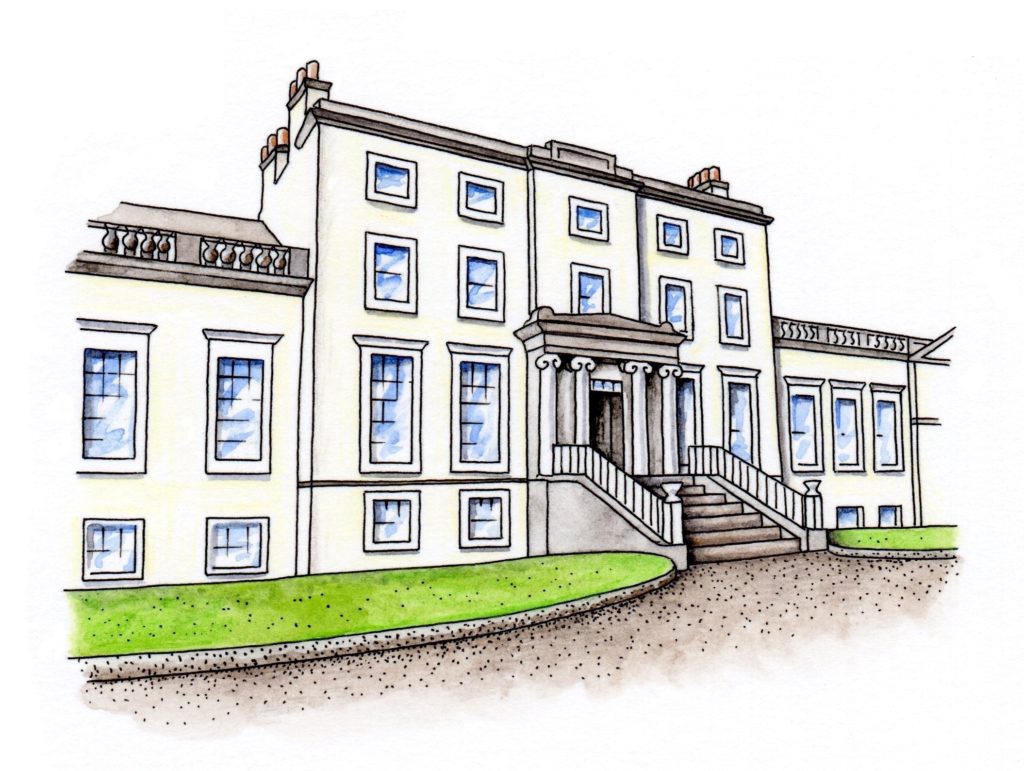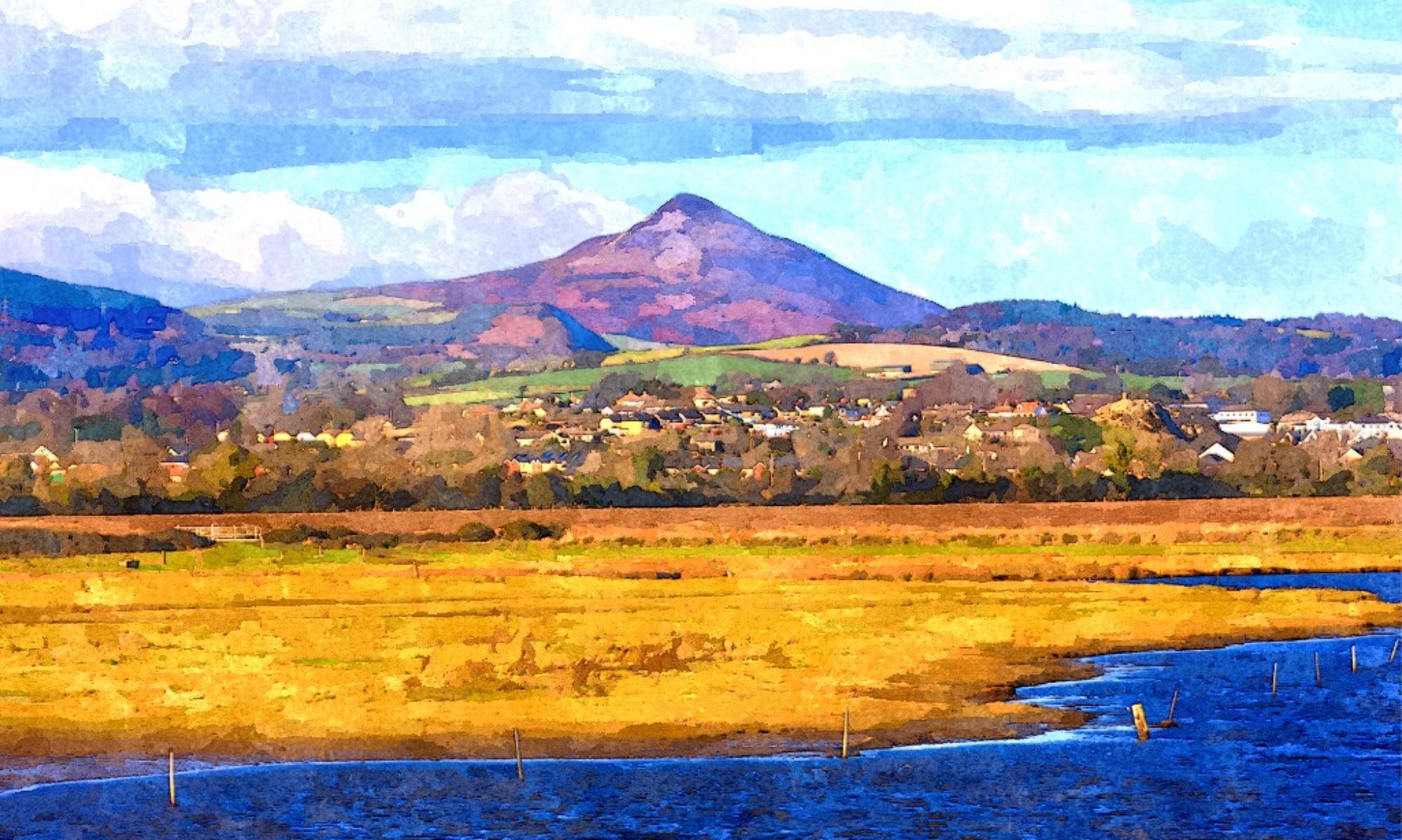Kilcoole is an ancient settlement focused around on the Rock of Kilcoole and the ruins of the Church of St Comgall. Beautiful walks lead from the Rock to the sea, along the coast, and towards Kilquade and Kilpedder along the Mass Path. An area of marshland begins at Kilcoole and extends south to Wicklow Town, serving as an important habitat for wildlife.
Church of St Comgall
This ancient parish church was a religious centre from early medieval times and gave Kilcoole its name. The ruin stands near the base of the Rock. After being an active religious centre for centuries, the church fell into ruin after the English Reformation excluded most local people from worshipping here. Learn more about the Church of St Comgall.
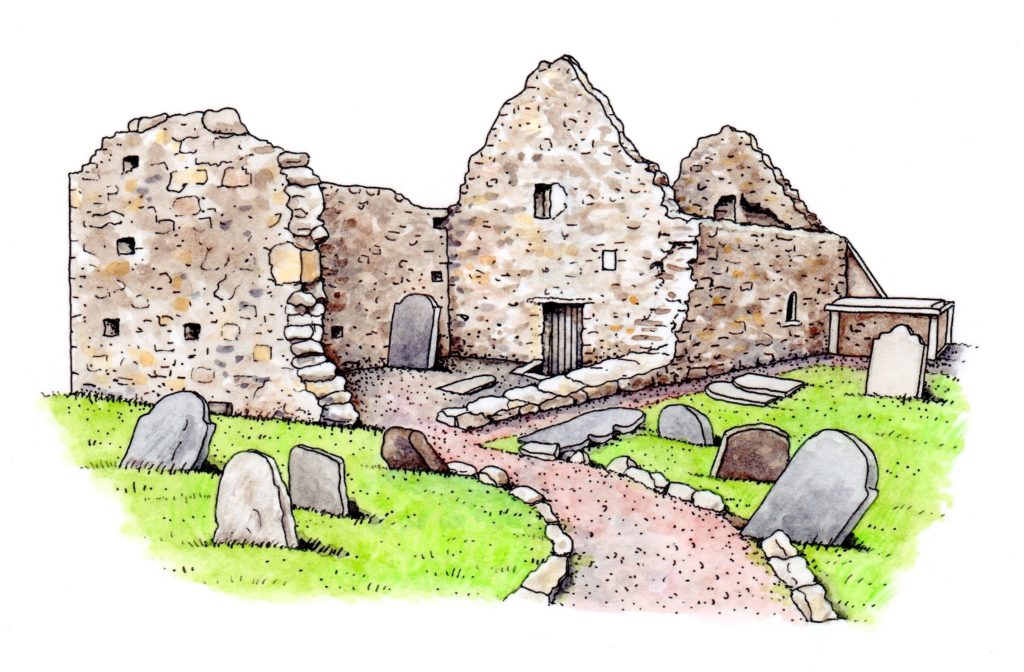
Rock of Kilcoole
This 40-foot quartzite outcrop probably attracted the first settlers to Kilcoole. The Rock offers outstanding views of the Wicklow coastal plain. Access it just behind Main Street, or from Lott Lane. Learn more about the Rock of Kilcoole.

Ballygannon
An ancient demesne between Kilcoole and the sea, Ballygannon was the seat of the Scott family. Look for the substantial ruins visible from the coastal path. Read more about Ballygannon Demesne.
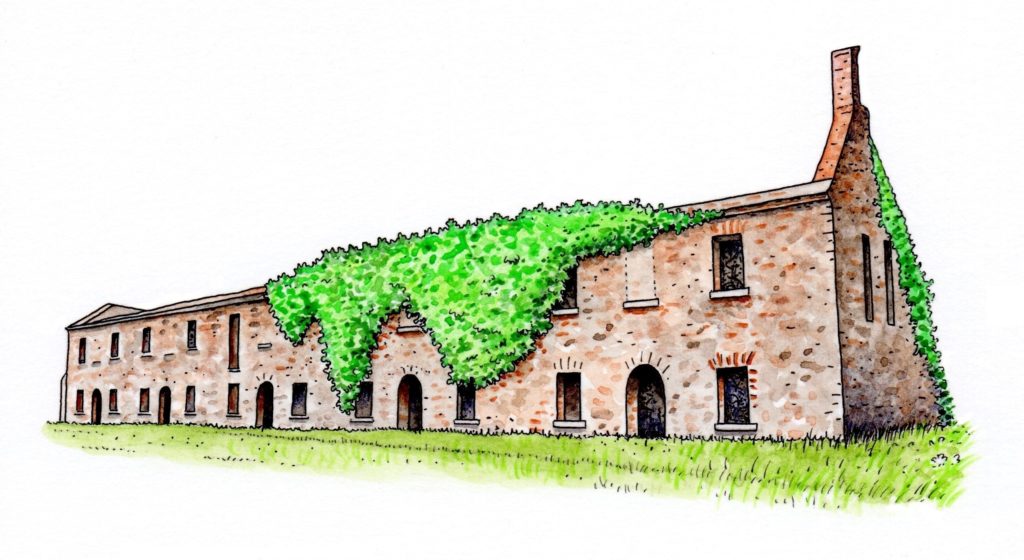
The Breaches
These saltwater marshes are part of the largest wetlands complex on the east coast, extending to the Murrough at Wicklow. The shingle beach is the summer nesting site of the rare Little Tern. Learn more about the Breaches.
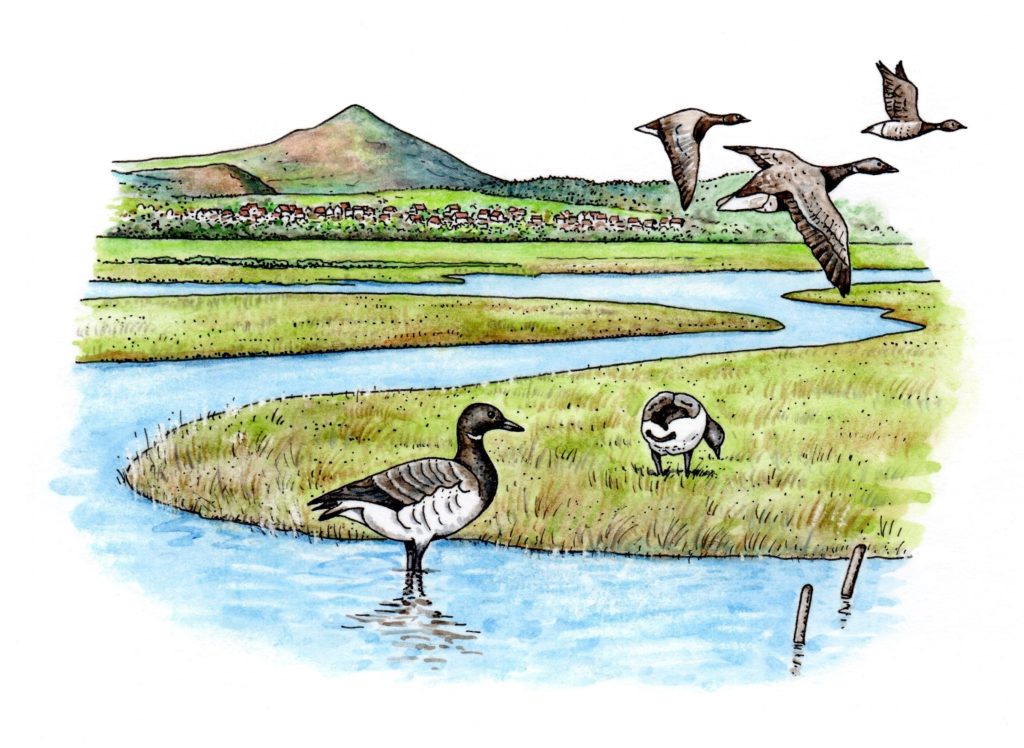
Darraghville House (The Convent)
A summer house built in 1782, Darraghville became a convent in 1897. Many villagers attended school here. The walled gardens can be seen from the Mass Path. Read about the history of Darraghville House.
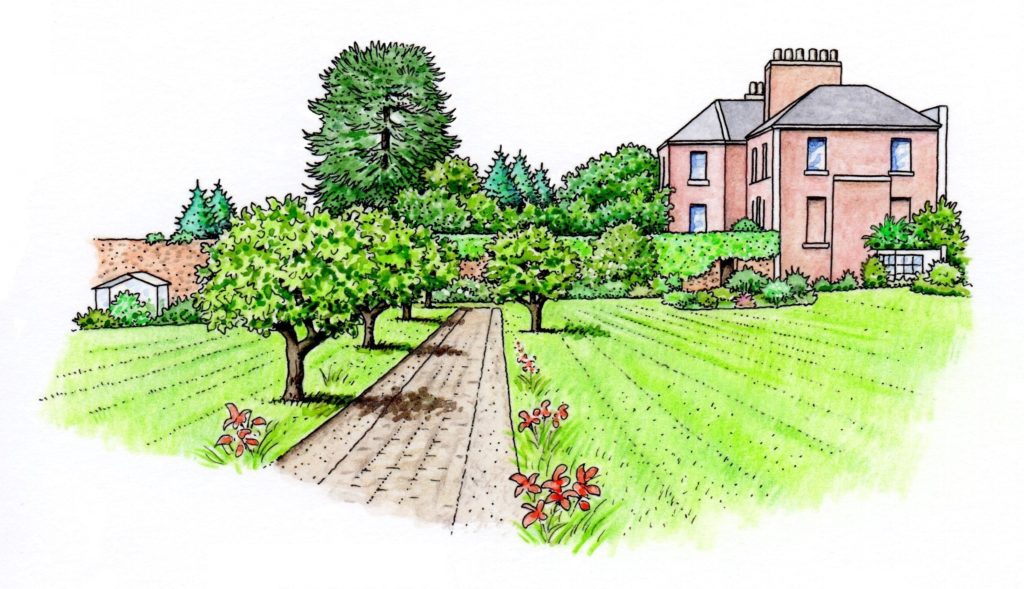
Woodstock House (Druid’s Glen Golf Club)
Built in 1770, Woodstock was home to the Tottenham family who played a significant role in the development of Kilcoole during the last two centuries. Read more about Woodstock Demesne.
